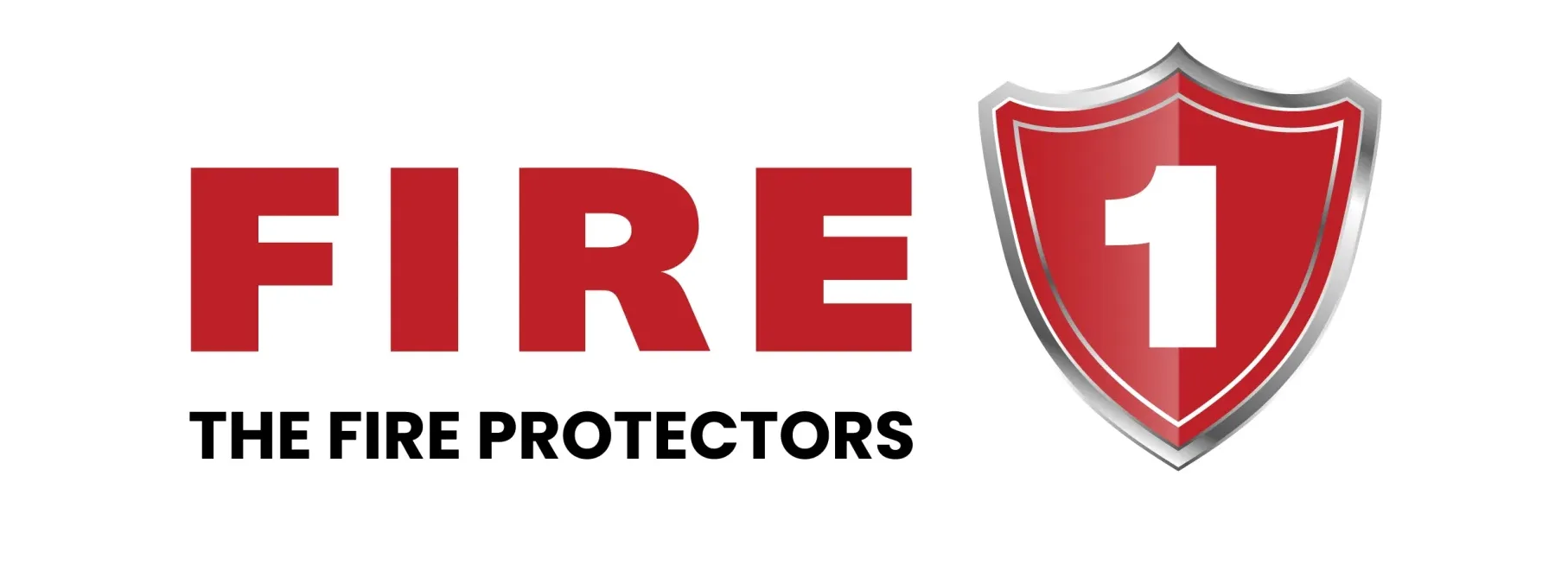Design & Authority Approvals
Fire1 has a Strong Design & Engineering team with a decade of experience in the field of Design and Authority Approvals. Designing and obtaining authority approvals for fire protection systems in India involves several key steps and adherence to various codes and standards. With a decade of experience gained in the UAE, the following guidelines can be used to develop an effective fire protection system in India:
1. Understanding Regulatory Framework
- National Standards:
- National Building Code of India (NBC): This outlines the requirements for fire safety in buildings.
- Bureau of Indian Standards (BIS): Provides various relevant standards such as IS 3844 (Design, Installation, and Maintenance of Fire Alarm Systems) and IS 6594 (Automatic Sprinkler Systems).
- Local Fire Safety Rules: Each state or city may have specific regulations that must be complied with, as set by the local fire department.
- Relevant regulatory bodies:
- Directorate of Fire Services: State Fire Departments oversee the implementation of fire safety codes.
- Local Municipal Authorities: Approvals may be required from these bodies before installation.
2. Conducting Risk Assessments
- Site Evaluation: Assess the building’s layout, occupancy type, potential fire hazards, and egress routes.
- Hazard Identification: Identify fire risks specific to the occupancy and operations of the premises.
- Risk Analysis: Evaluate the likelihood and consequences of potential fire incidents.
3. Fire Protection System Design
- Fire Detection and Alarm System:
- Select appropriate detection systems such as smoke detectors, heat detectors, or flame detectors.
- Design alarm systems based on occupancy and layout, including manual call points and audible/visual alarms.
- Fire Suppression Systems:
- Sprinkler Systems: Design based on NFPA guidelines, considering area density and hydraulic calculations.
- Fire Extinguishers: Strategically place portable fire extinguishers throughout the building based on occupancy type.
- Special Suppression Systems: For high-risk areas (e.g., server rooms), consider gas suppression or foam systems.
- Passive Fire Protection:
- Design fire-resistant walls, doors, and partitions according to NBC and BIS guidelines to contain potential fire spread.
- Ensure proper compartmentalization and the use of fire-rated materials.
4. Preparation of Drawings and Documentation
- Create detailed engineering drawings of the fire protection systems.
- Prepare a comprehensive fire safety plan, including operation and maintenance instructions.
- Document calculations, specifications, and compliance with applicable codes.
5. Submission for Approval
- Compile all documents, including design calculations, drawings, and compliance statements.
- Submit the package to the relevant local authorities or fire department for review.
6. Authority Review and Feedback
- Be prepared to respond to feedback or requests for clarification from the authority.
- Amend the design as necessary to meet the specifications or concerns raised during the review process.
7. Implementation and Installation
- Engage qualified contractors experienced in fire protection systems to carry out the installation as per the approved design.
- Ensure that all components are compliant with the relevant standards.
8. Testing and Commissioning
- Conduct acceptance testing of the installed fire protection systems.
- Ensure all systems operate as intended and meet performance criteria before handover.
9. Training and Maintenance
- Provide training to the building management on the operation of fire protection systems.
- Establish a regular maintenance schedule to ensure all systems remain operational and compliant with regulations.
10. Continuous Improvement
- Stay updated with any changes in codes or standards.
- Conduct periodic reviews and audits of the fire protection systems.

Collaborating closely with local authorities and understanding the regulatory environment is critical for a successful fire protection system design in India. Drawing on experience from the UAE can bring valuable insights into effective methodologies and innovative technologies that could be adapted to the Indian context.
